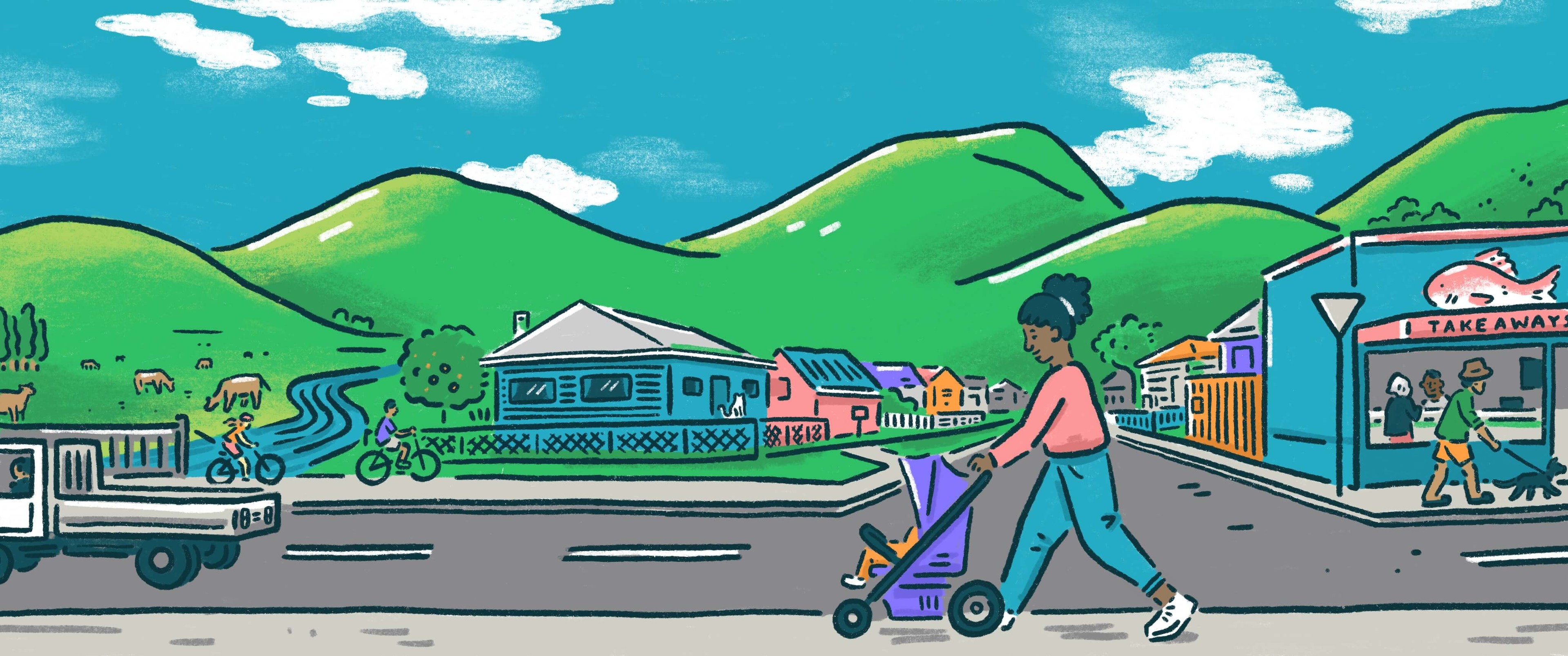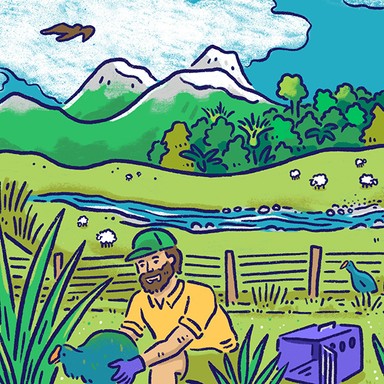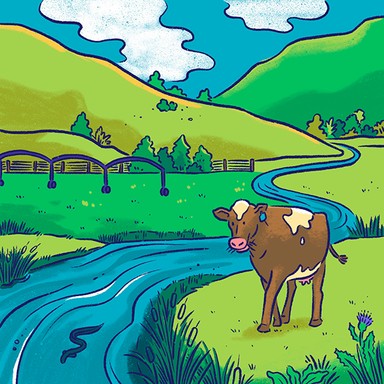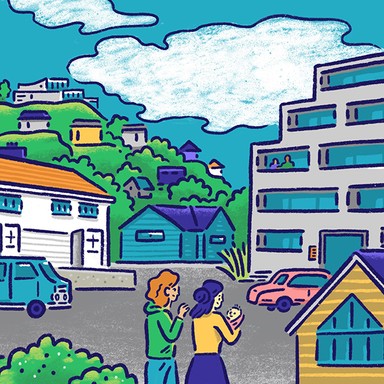
Marlborough District Council

Climate change and resilience
Climate change poses a huge challenge for communities as more frequent extreme weather events require us to rethink how we live and where. Local authorities are at the forefront of efforts to respond, with responsibilities for environmental planning and regulation, as well as civil defence. Many councils have plans to reduce emissions in their area and are working to help their communities adapt to a warming world.

Climate change and resilience
Climate change poses a huge challenge for communities as more frequent extreme weather events require us to rethink how we live and where. Local authorities are at the forefront of efforts to respond, with responsibilities for environmental planning and regulation, as well as civil defence. Many councils have plans to reduce emissions in their area and are working to help their communities adapt to a warming world.
Investigate options for mitigating against sea level rise affecting coastal communities.
Investigate options for mitigating against catchment flooding, thus enabling rural and urban communities to be more sustainable.
Collaborate with forestry industry groups to research solutions for lessening sediment run off and to employ best practice.
Community connection. Without a purposeful connection to nature, people lose their respect and understanding of their role on earth.
Promote the reduction of greenhouse gas emissions.
Ensure awareness of the significant consequences of climate change and promote appropriate actions to mitigate the effects of these.
Ensure all necessary resources are available for contending with any civil defence or emergency situation.
Grow capabilities within communities to enable them to manage impacts of adverse weather events, climate change and civil emergencies.
Ensure flood protection maintenance is undertaken on all waterways to ensure water flows are contained within flood boundaries.
Review council's Climate Change Action Plan 2020 and adjust targets to reduce effects of climate change and carbon emissions.
Commit to council working with the community to prepare for severe weather events and natural disasters.
Commit to council working alongside communities in severe weather events and natural disasters to protect people first, then property.
Minimise greenhouse gas emissions wherever possible.
Investigate options for mitigating against sea level rise affecting coastal communities.
Investigate options for mitigating against catchment flooding, thus enabling rural and urban communities to be more sustainable.
Collaborate with forestry industry groups to research solutions for lessening sediment run off and to employ best practice.
Community connection. Without a purposeful connection to nature, people lose their respect and understanding of their role on earth.
Promote the reduction of greenhouse gas emissions.
Ensure awareness of the significant consequences of climate change and promote appropriate actions to mitigate the effects of these.
Ensure all necessary resources are available for contending with any civil defence or emergency situation.
Grow capabilities within communities to enable them to manage impacts of adverse weather events, climate change and civil emergencies.
Ensure flood protection maintenance is undertaken on all waterways to ensure water flows are contained within flood boundaries.
Review council's Climate Change Action Plan 2020 and adjust targets to reduce effects of climate change and carbon emissions.
Commit to council working with the community to prepare for severe weather events and natural disasters.
Commit to council working alongside communities in severe weather events and natural disasters to protect people first, then property.
Minimise greenhouse gas emissions wherever possible.
Mayor
Compare the mayoral candidates in your area
Local council
Compare the candidates for your city or district council
Regional council
Compare the candidates for your regional council
Local board
Compare the candidates for your local or community board








